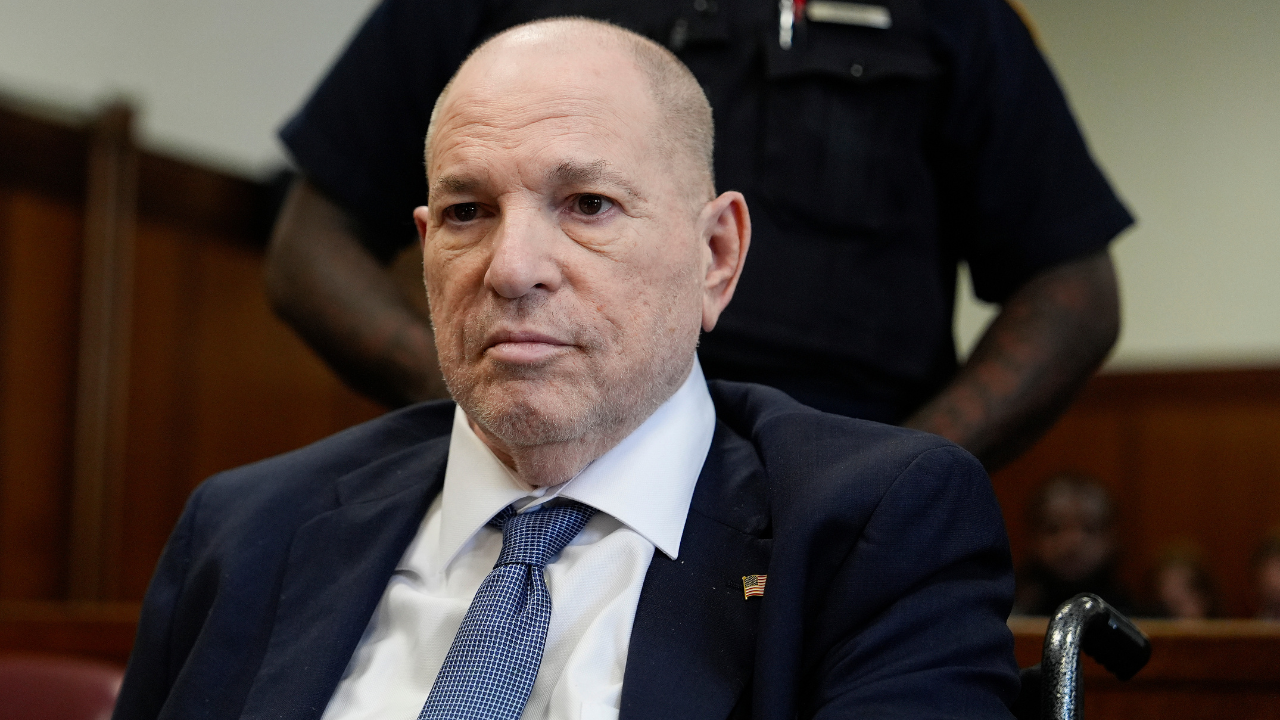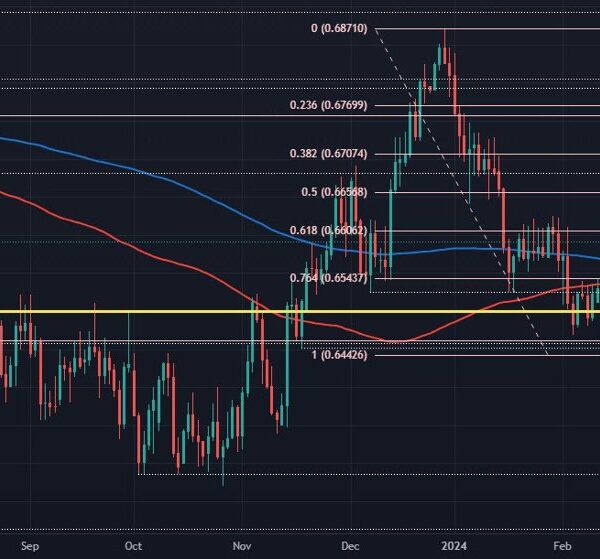

There is a “ticking time bomb” coming for many Americans’ retirement nest eggs—but there’s still plenty of time to defuse it before it wreaks havoc on the country’s cumulative retirement savings.
The time bomb is in the form of the huge tax bill many savers will owe when they start taking distributions from widely-used tax-deferred retirement accounts like 401(k)s and traditional IRAs—and that bill is only likely to increase, says IRA expert Ed Slott, who recently released the book The Retirement Savings Time Bomb Ticks Louder.
As it stands, those who invest in a 401(k) or traditional IRA don’t pay taxes on the contributions, with the understanding that the bill will come due in retirement when they withdraw funds. But that means that the amount displayed on account statements is far higher than what savers will actually be able to spend on living expenses, says Slott. And many people don’t understand just how much they could owe.
“None of these accounts have been taxed, that’s the deal we made with the government. We get a tax deduction, but we’ll pay for it later,” Slott, who worked as a certified public accountant for 40 years, tells Fortune. “The IRA is an IOU to the IRS.”
And thanks to a soaring stock market, sizable inheritances, and a growing emphasis on investing early, Americans have an astounding amount of wealth tied up in these accounts. In the first quarter of 2024, Americans had $7.8 trillion invested in 401(k)s and $14.3 trillion in IRAs, according to the Investment Company Institute. Meaning retirement savers owe trillions in taxes.
While many people are focused on how much they should be saving now, Slott says more need to start accounting for their tax bill in retirement.
“If you don’t fix this now, you’re going to pay a lot later,” says Slott. “You have to look at the big picture. Don’t look at, ‘what I can save now,’ look at, ‘what I can get and my family can get longer-term.’”
Now’s the time for a Roth conversion
One way to defuse the bomb? A Roth IRA conversion. Savers will pay taxes now, but that’s better than waiting, says Slott. Especially because tax rates are “on sale right now,” with the top federal rate maxing out at 37% (many people pay rates as low as 10 or 12%). It’s the best deal many may ever get.
“We’re at the lowest historical lowest rates many of us are likely to ever see,” says Slott. “You don’t realize how good you have it now. These are the good old days.”
A Roth conversion involves transferring assets from a traditional IRA to a Roth IRA. Taxes are paid at the time of conversion (ordinary income taxes on the fair market value of the assets that are converted, as part of the saver’s tax bill the following April), and while no one likes to pay taxes upfront, says Slott, it’s never made more sense to do so. In over 40 years, he’s never had a client regret a Roth conversion, he says. And while the highest earners are restricted from contributing to a Roth outright, there is no income limit on Roth conversions.
“As long as you’re paying the tax, it will grow for the rest of your life income-tax free,” he says. “All that compounding is growing in your favor, you don’t have to share it anymore with Uncle Sam. That’s what you get for paying now at bargain basement rates.”
Potential tax law changes make today’s rates look doubly good. While many people expect to fall into a lower tax bracket in retirement, that isn’t always the case—Slott calls the belief you will be in a lower bracket the “number one retirement myth”). And given that the individual tax cuts implemented as part of the 2017 Tax Cuts and Jobs Act expire after 2025, many people may see their tax burden increase. (Depending on the outcome of this year’s presidential election, they may not be renewed.)
Slott also points to the country’s current debt level—it sits at more than $35 trillion—as another reason he believes tax rates will increase. He argues that the last thing many people want is their retirement savings subjected to the uncertainty of what tax rates could be in the future.
“Either Congress is going to keep kicking the can down the road, or they’ll have to raise taxes,” he says. “And the people at the highest risk of getting hit with those taxes are the ones with the most money in these tax-deferred vehicles.”
Recent tax law changes also make traditional IRAs less appealing retirement savings vehicles, says Slott. Savers will start taking required minimums distributions (RMDs) at age 73, and the so-called stretch IRA was eliminated.
“When you do Roth conversions, you are controlling your tax rates. You can control each year what you’re paying,” he says. “With RMDs, you’re not controlling anything. It’s a forced distribution.”
Other planning options include charitable giving and purchasing life insurance. Whatever planning savers are spurred to do now, it’s better than standing idly by and getting a surprise in retirement, he says.
“There’s an opportunity now to get that money out,” says Slott. “After next year, rates are supposed to go up again. So you still have [around] two years at the rock bottom tax rates.”















